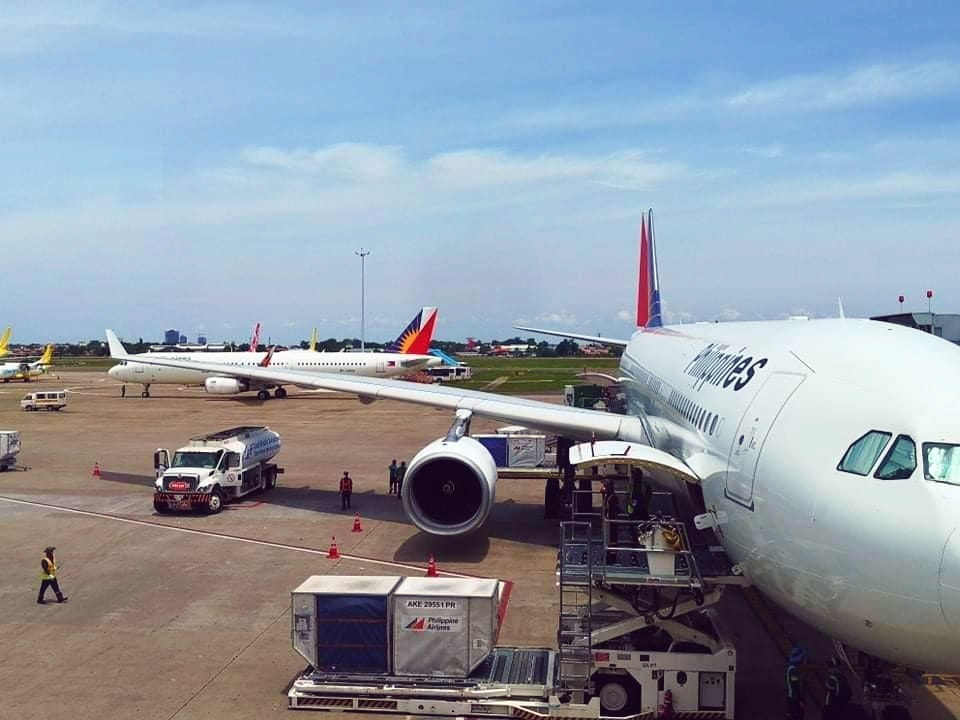A preliminary report by Hong Kong’s Air Accident Investigation Authority (AAIA) has found that a ruptured fuel hose led to an engine fire on a Cathay Pacific Airbus A350 earlier this month.
The incident, which occurred shortly after takeoff from Hong Kong on a flight to Zurich, has raised concerns about the safety of Rolls-Royce Trent XWB-97 engines used in the airline’s A350 fleet.
The AAIA report states that the protective surround of a fuel hose had ruptured, leaving “a discernible hole in the hose.”
Investigators found signs of fire in parts of the engine, including soot and burn marks.
The report warns that if not promptly detected and addressed, this situation could have escalated “into a more serious engine fire, potentially causing extensive damage to the aircraft.”
The incident forced the pilots to shut down the affected engine and deploy fire extinguishers before safely returning to Hong Kong.
All 348 passengers and crew on board were unharmed.
Subsequent inspections revealed issues on another 15 Cathay Pacific A350 aircraft, prompting the airline to ground its entire A350 fleet for checks.
The European Union Aviation Safety Agency (EASA) has since mandated inspections of fuel pipes on aircraft using the same type of engine.
Cathay Pacific stated, “We have proactively initiated a fleet-wide inspection of its Airbus A350 aircraft that cleared the aircraft for operation.”
The airline added that it is in full compliance with EASA’s directive and continues to “work closely with the airframe and engine manufacturers and regulator.”
Rolls-Royce, the manufacturer of the Trent XWB engine, responded to the report saying, “We are continuing to work closely with the regulators to support the ongoing investigation by the authorities into Cathay Pacific flight CX383.”
The incident has implications beyond Cathay Pacific, as the Airbus A350 is becoming increasingly popular for long-haul flights among airlines worldwide.
The Trent XWB engine, developed specifically for the A350, is a key component in the aircraft’s efficiency and low operating costs.
While initial concerns focused on the XWB-97 variant, EASA has now expanded its inspection requirements to cover other versions of the Trent XWB engine.
The agency noted that a “specific cleaning process available during engine refurbishment” could lead to degradation of the fuel hoses.
Inspections of the A350 fleet prompted the Hong Kong-based carrier to cancel dozens of flights, affecting thousands of passengers.


























Leave a comment